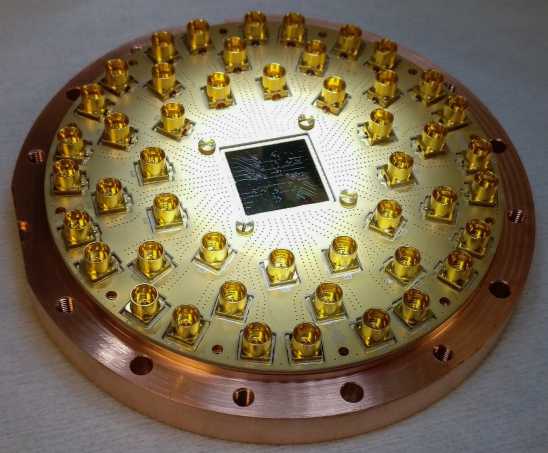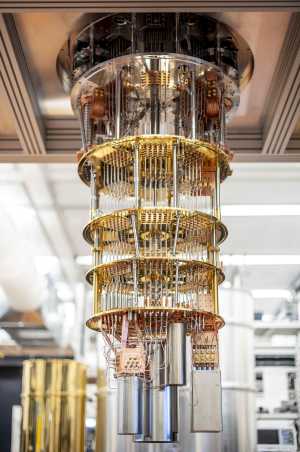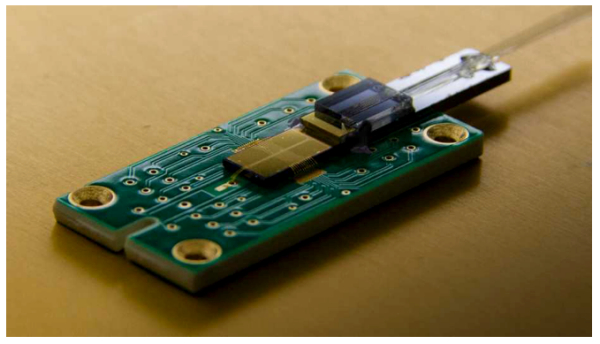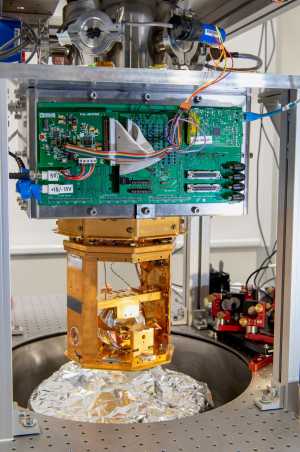ETH Zurich is participating in two quantum computing projects that are being financed by IARPA, the US research funding agency, with up to 40 million dollars. Both projects aim to connect two error-corrected qubits with one another and thus lay the foundation for future quantum computers.
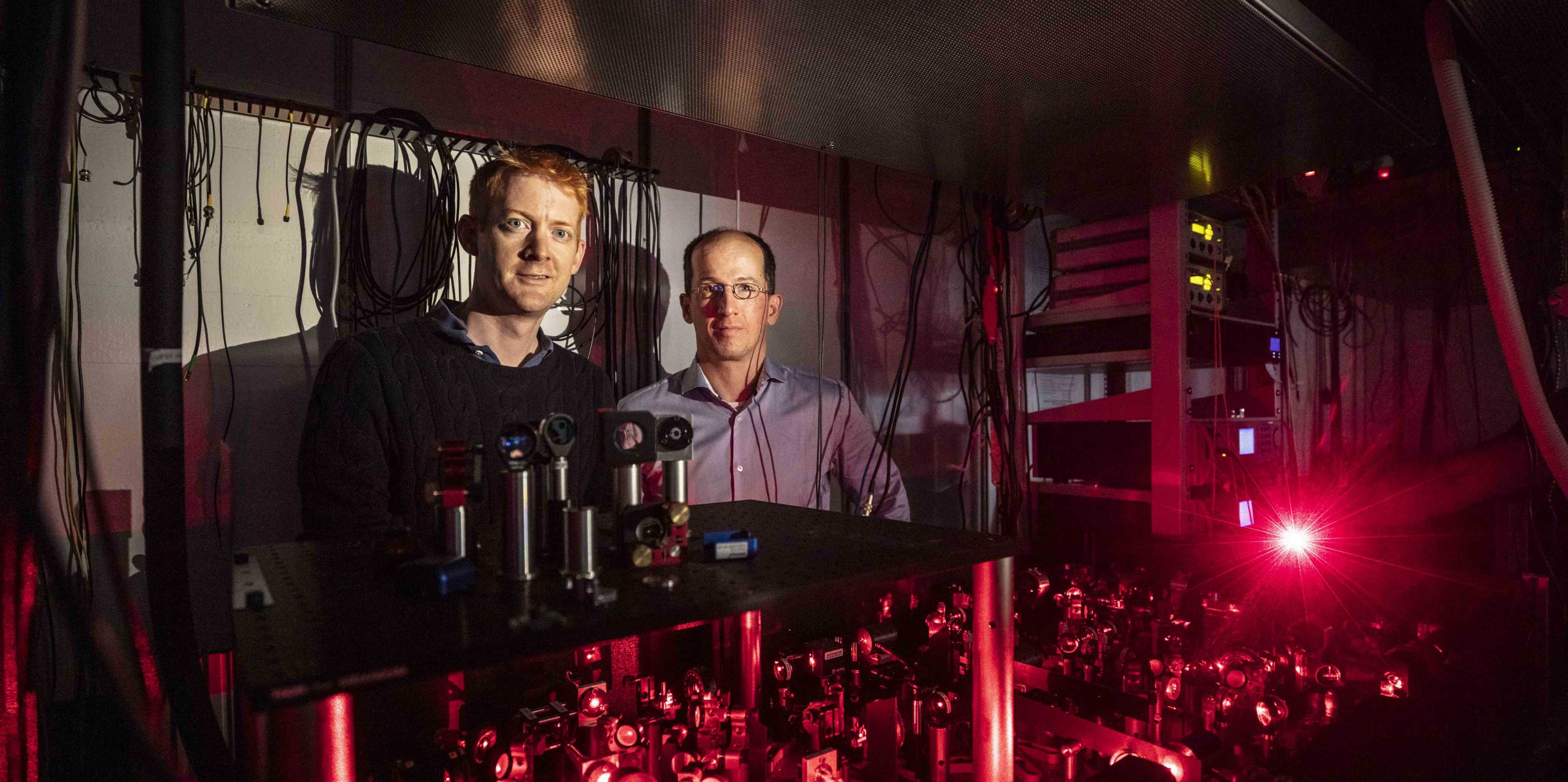
Science, industry and society have been dreaming of quantum computers for many years. These hold the promise of solving challenging computational problems that are beyond the capabilities of conventional computers. But so far, their susceptibility to errors has limited their use to a handful of extremely specific tasks.
In the past few years, two research groups at ETH Zurich have been able to demonstrate the correction of errors in quantum systems using error-correction techniques. In one case, they achieved this with the help of a chip featuring 17 physical quantum bits (qubits) connected to form a logical qubit. Here, nine of the qubits make up the logical qubit, while the remaining eight are responsible for error correction. The problem is that it takes more than one logical qubit to make a quantum computer.
Two teams, two technologies, one goal
The US research funding agency IARPA has launched multiple basic research projects aimed at entangling two logical qubits and transferring the quantum state of one logical qubit to the other. To this end, IARPA plans to invest a total of up to 40 million dollars over the next four years in two projects: SuperMOOSE, led by ETH Professor Andreas Wallraff, and MODULARIS, which is being coordinated by the University of Innsbruck with participation from the group led by ETH Professor Jonathan Home. Wallraff's team is collaborating with researchers from MIT, Forschungszentrum Jülich, the Université de Sherbrooke in Canada and two companies, Zurich Instruments and Atlantic Quantum. The ETHZ-PSI Quantum Computing Hub at the Paul Scherrer Institute is also involved in both projects.
There are two different technologies in play in these projects. While the ETH team is using superconducting components, the Innsbruck team's approach is based on ion traps. Details of both teams' progress will be published in scientific journals and the success of the initiative will be evaluated at regular intervals over the four years it is scheduled to run.
"If we manage to connect two error-corrected qubits with one another, we'll have laid the groundwork for future quantum computers that can then be used to tackle a broad range of tasks," Wallraff says. However, this will demand several additional steps to connect at first dozen, then hundreds and finally thousands of logical qubits.
International collaboration essential
Quantum computers are among the key technologies of the 21st century. Developing them, however, is a complex, time-consuming and costly process. This makes international collaboration essential. "IARPA's decision to fund not one but two projects in which ETH Zurich is involved confirms our university's leading position in this vital research area," says a delighted Christian Wolfrum, Vice President for Research at ETH Zurich. "It's now crucial that Switzerland be an associated country in Horizon Europe as soon as possible so that our researchers can also participate in the EU's flagship quantum programme."

